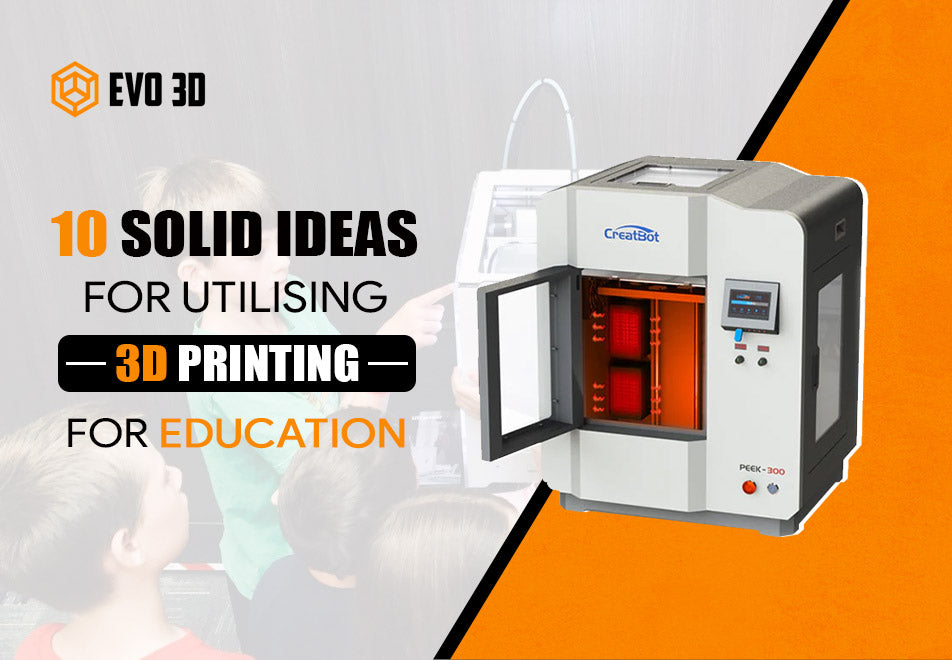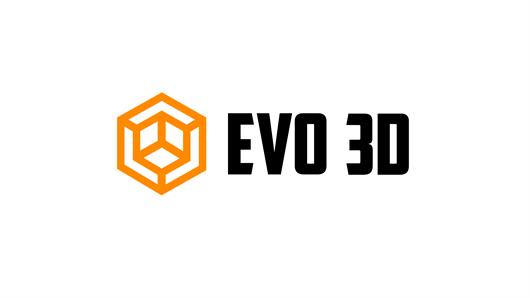 Add My Company
Add My Company

The whole globe has been witnessing an educational revolution, and 3D printing is the spearhead of this transformation that is both thrilling and mind-boggling. With this inventive technology, students can turn their ideas into real things which in turn improves their comprehension, originality, and creative thinking. In case your UK school has adopted 3D printing, these are ten good suggestions to begin with when you want to integrate 3D printer in UK into your curriculum.
1. History Comes Alive:
Think of students in history class who conceive and print models for historical artefacts such as ancient Egyptian pyramids and medieval weapons. This practical experience enables them to see historical objects differently and understand various cultures and periods better. There are many educational resources provided by the 3D printer UK suppliers, so go through their websites where you can download readily available historical models.
2. Visualizing Science Concepts:
Physics, chemistry, and biology are too hard for anyone to understand just through textbooks and diagrams A 3D printer allows us to see a cell structure, the sun and planets, or complex molecules on paper amongst many other things. Some students might even want to print certain samples of rocks or minerals to help them better grasp geology.
3. Prototyping and Design Thinking:
To incorporate 3D printing for education in design and technology classes. Students can familiarise themselves with the process of designing by following the steps of making preliminary drawings and constructing 3-dimensional models on computers using easily accessible software before finally printing them out as prototypes. This enables them to experiment with what they have thus far created, detect any errors they may have made, and quickly go back to make modifications rather than starting all over again.
4. Interactive Games and Learning Aids:
3D printing can be used to produce exceptional learning tools that capture the attention of students at all levels. In maths lessons, pupils can print 3-D shapes to guide their spatial thought process. Language arts enable them to with individualised board games using specific characters and game pieces they make themselves. The possibilities are limitless!
5. Fostering Creativity and Imagination:
Artwork and design classes are very well served by employing 3D printing. In this way, learners can come up with their own pieces of decorations for instance carvings, necklaces, or personalised phone covers. That is how they can develop within themselves as artists and express their personalities in an unusual format.
6. Engineering and Robotics:
In schools with robotics programs, 3D printing can be a game changer. This technology enables students to create and print individual parts for their robots, which lets them customise the things they make and solve engineering problems.
7. Inclusive Learning:
For instance, 3D printing can be a useful method for producing personalised instructional materials for students with disabilities who need them most. This way, blind students may also improve their learning experiences by enabling them to print out three-dimensional models to refer to while pupils with a high probability of suffering from dyslexia might use 3D-printed fidget tools.
8. Collaboration and Teamwork:
3D printing projects are a nice means of boosting teamwork in students. In any given project students may join hands and put their heads together to design and print. This cultivates good communication, problem-solving as well as working as a team spirit among them.
9. Problem-solving Through Print Iteration:
Motivate students to use 3D printing as a means of problem-solving. Indicate to them that they should pick out a difficulty in their schools or communities and resolve it using 3D printing techniques. Thus, enabling them to have higher-order thinking abilities, apply their knowledge, and create new ideas.
10. Inspiring Future Inventors:
When a child is introduced to 3D printing at an early age, this can lead them to have a passion for science, technology, engineering, and maths (STEM). By introducing the youth to this form of technology, you will foster their interest in becoming tomorrow’s inventors and innovators.
The potential of 3D printing is huge to change how we educate our children; it can create a more interactive, interesting, and customised learning process for all students when integrated into the syllabus. So, do not hesitate; embrace 3D printing in your classroom and see your students’ minds fly like birds!
For more information on 10 Solid Ideas for Utilising 3D Printing for Education talk to Evo3D
